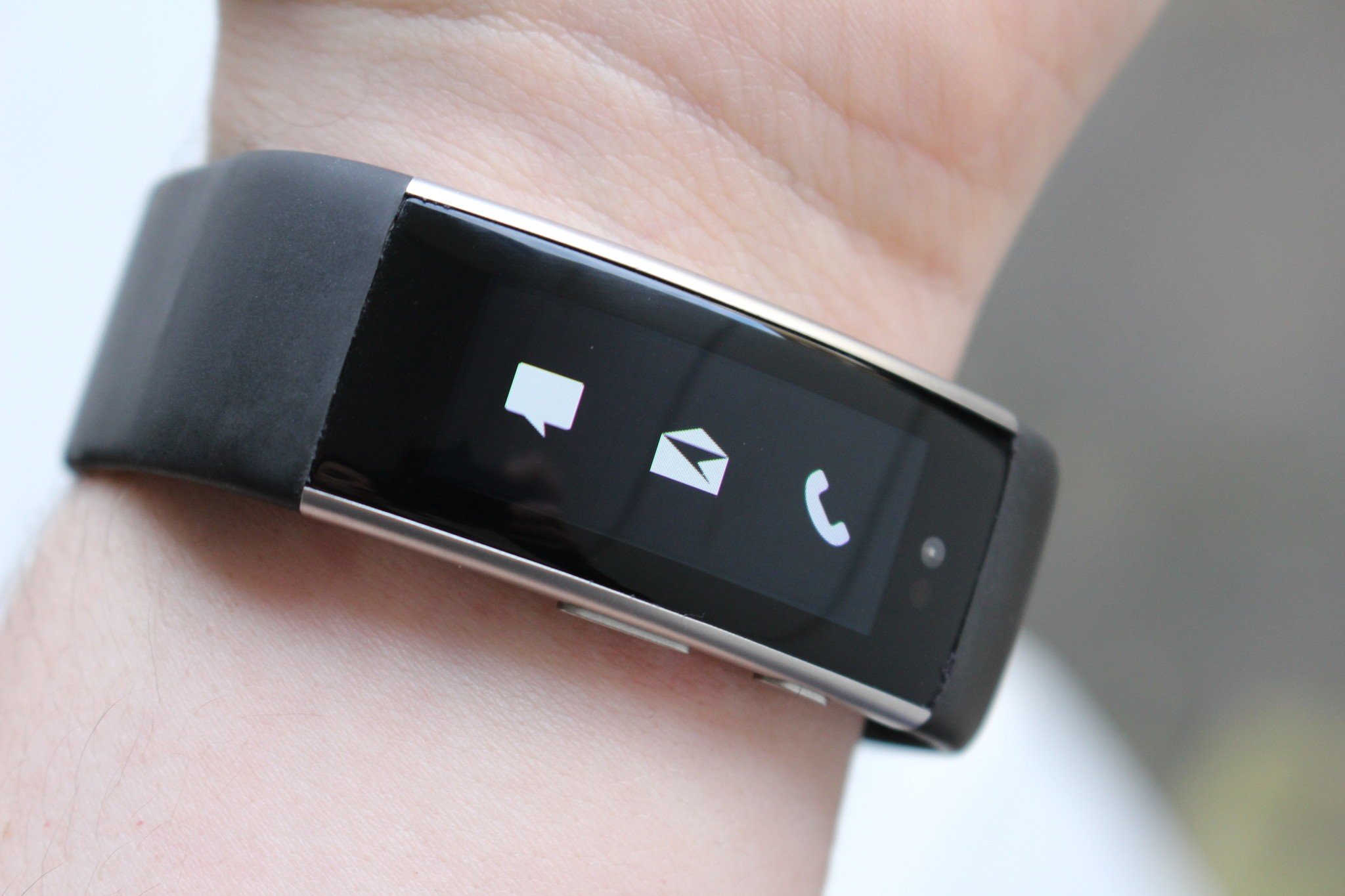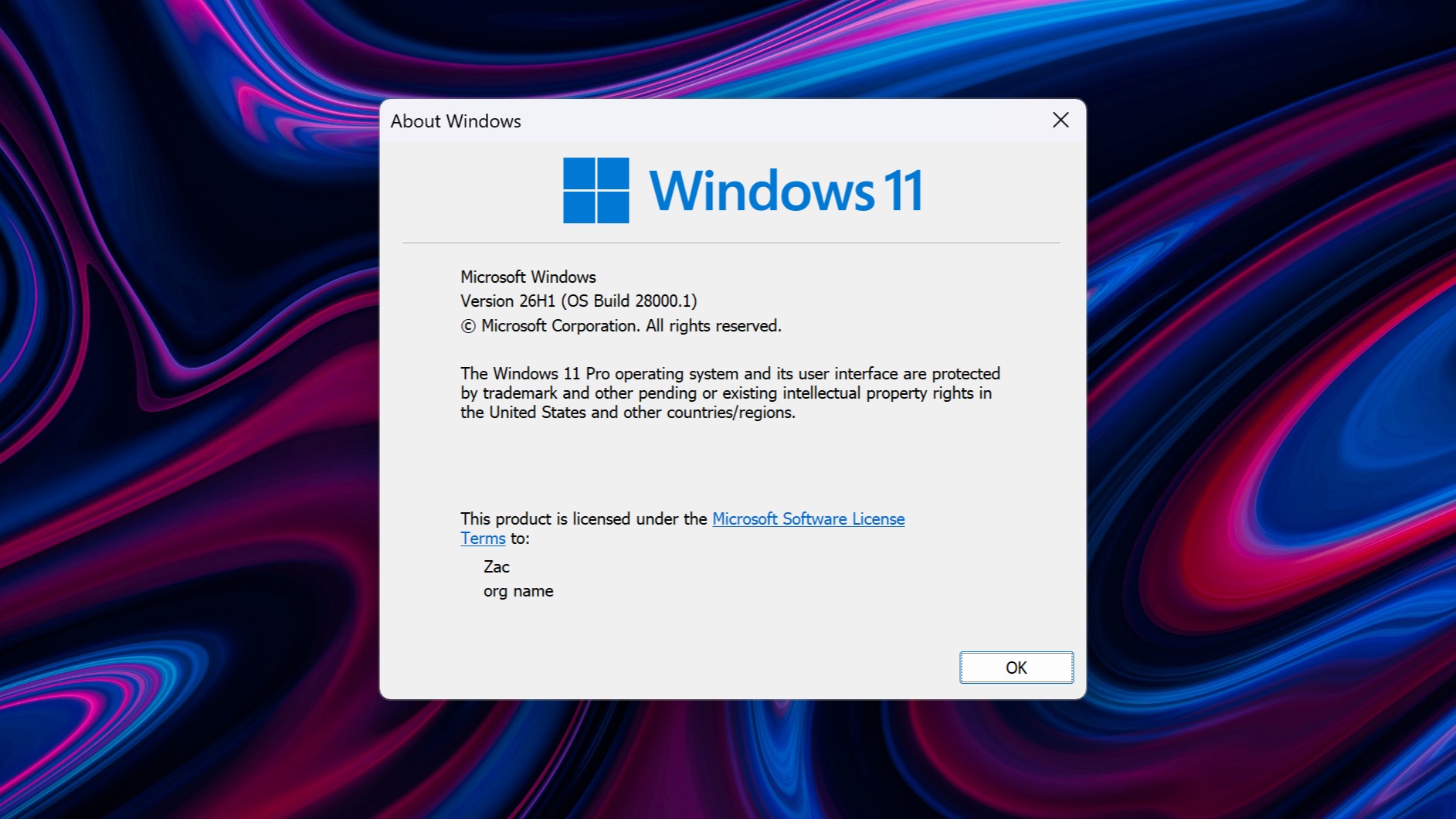The Microsoft Band 2 was an improvement in every way over the original Microsoft Band wearable. It featured a brand new design, a higher-resolution AMOLED display, a more comfortable fit on the wrist, and new features that made it a better fitness wearable. The Microsoft Band 2 wasn't perfect, however, and I was hopeful that with the next release of the Band, Microsoft would have nailed it.
So when news broke that Microsoft was shelving its Band devices, I was heartbroken. The Band 2 was a great wearable, almost perfect, in fact, but it needed a few more additions before I could consider it the best wearable available at the time. Alas, that third Microsoft Band never came. But that doesn't mean Microsoft wasn't working on one.
Luckily, I managed to get my hands on a Microsoft Band 3 prototype. It's a minor improvement over the Band 2, but it's those improvements that make it the best version of the Microsoft Band. I've been using it for over a week now, and this is my review.
Microsoft Band 2 and Band 3 tech specs
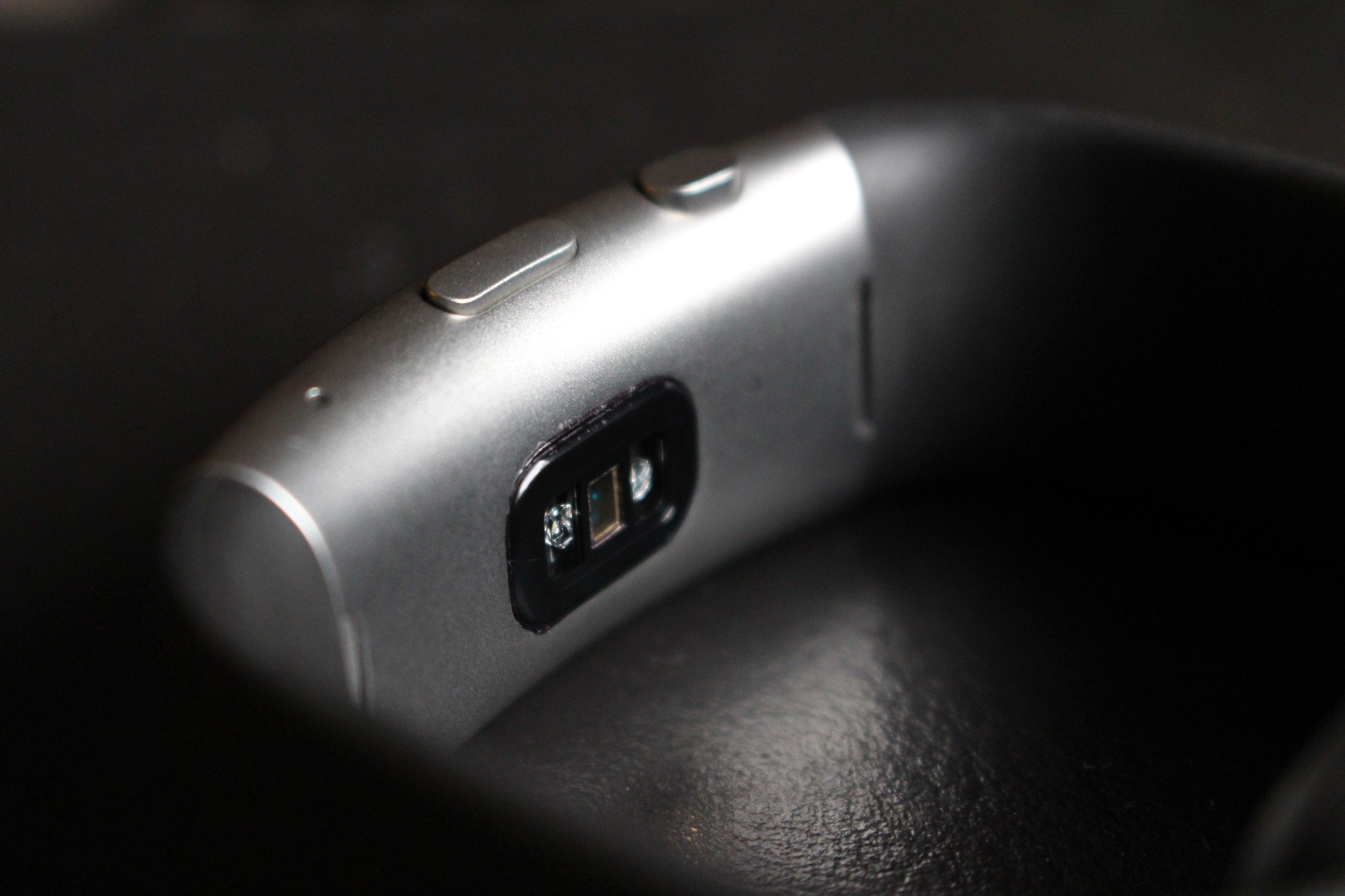
| Category | Band 2 | Band 3 |
|---|---|---|
| Display Size | 12.8 mm x 32 mm | 12.8 mm x 32 mm |
| Display Type | Curved AMOLED | Curved AMOLED |
| Resolution | 320 x 128 pixels | 320 x 128 pixels |
| Battery | 48 hours (GPS may impact battery life) | 48 hours (GPS may impact battery life) |
| Average Charge Time | Full charge in less than 1.5 hours | Full charge in less than 1 hour. |
| Sensors | Optical heart rate sensor three-axis accelerometer Gyrometer GPS Ambient light sensor Skin temperature sensor UV sensor Capacitive sensor Galvanic skin response Microphone Barometer | Optical heart rate sensor 3-axis accelerometer Gyrometer GPS Ambient light sensor Skin temperature sensor UV sensor Capacitive sensor Galvanic skin response Microphone Barometer Electrocardiogram RFID |
| Connectivity | Bluetooth 4.0 LE | Bluetooth 4.0 LE |
Microsoft Band 3: What's different?
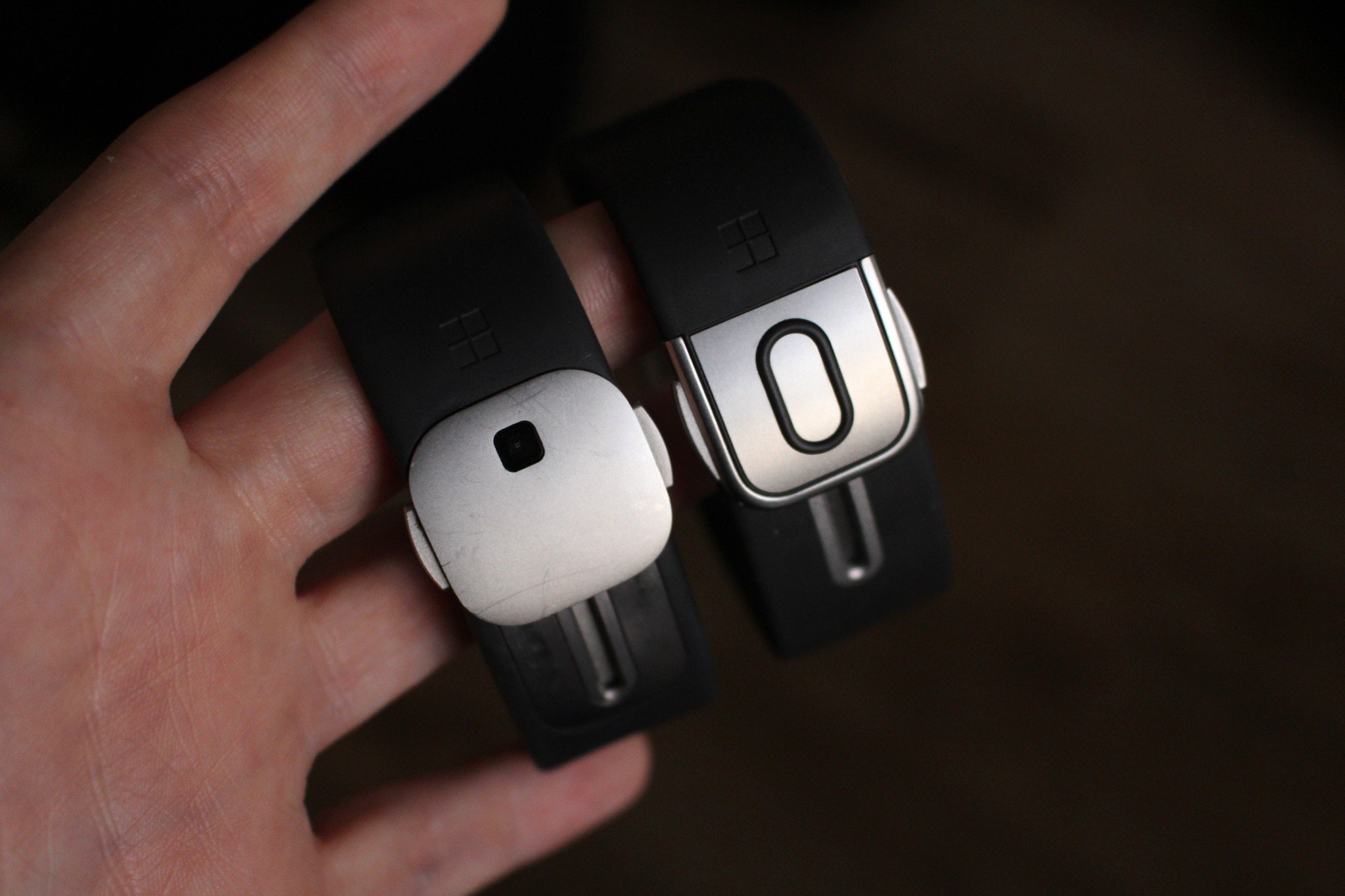
Unlike the jump from the Band 1 to the Band 2, the Band 3 doesn't change much in regards to design. There are a few notable differences, however. For example, the clasp on the back of the device features a slightly different, slimmer design. In fact, the entire bulk at the back of the Band is slimmer, making for a much more comfortable fit on your wrist.
The Band 2 was already pretty slim on the wrist, but the Band 3 improves on that slightly. For example, I don't get the Band 3 caught on things as much as the Band 2. It fits around shirt cuffs comfortably, and it just sits snugger to your skin.
The two silver nubs that sit against your skin on the back of the device have changed from being circular dots to long prods. I can't really feel a difference between the two. The last notable change in design is with the Action Button, which is no longer coated in black.
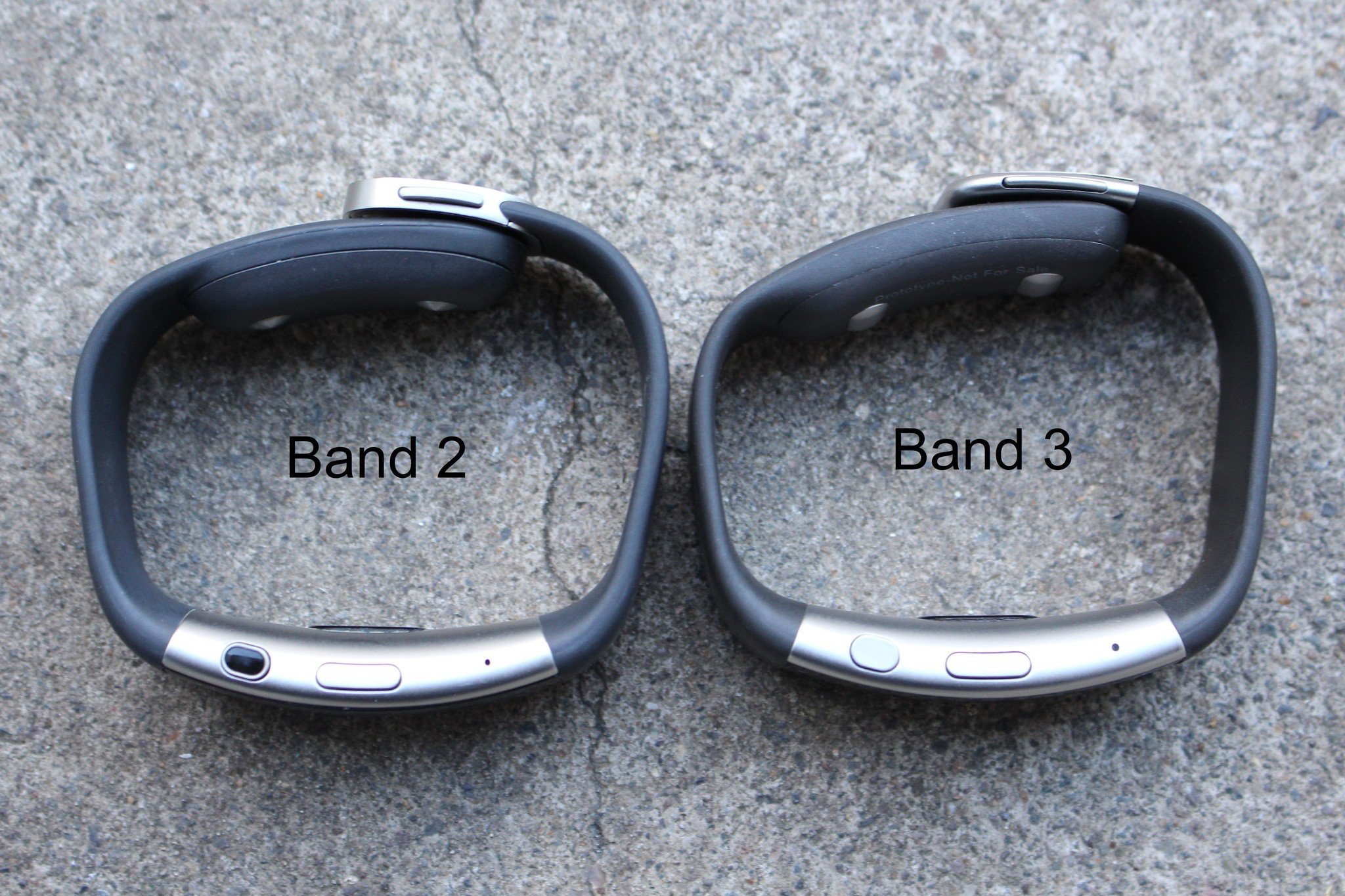
The slimmer clasp also means the Band 3 features a new charger, which is more square. It connects well and charges the device fast. I can usually get from around 10 percent to 100 percent in under an hour, which is an improvement over the one and a half hours it took to charge the Band 2. There's also an additional (microphone?) hole at the top of the front of the band.
All the latest news, reviews, and guides for Windows and Xbox diehards.
Now, while the design looks almost identical to the Band 2, Microsoft added one feature to the Band that many were asking for: waterproofing. The Band 2 was water-resistant, but the Band 3 is waterproof. There are two new sensors, too: electrocardiogram and RFID sensors.
Microsoft Band 3: New features
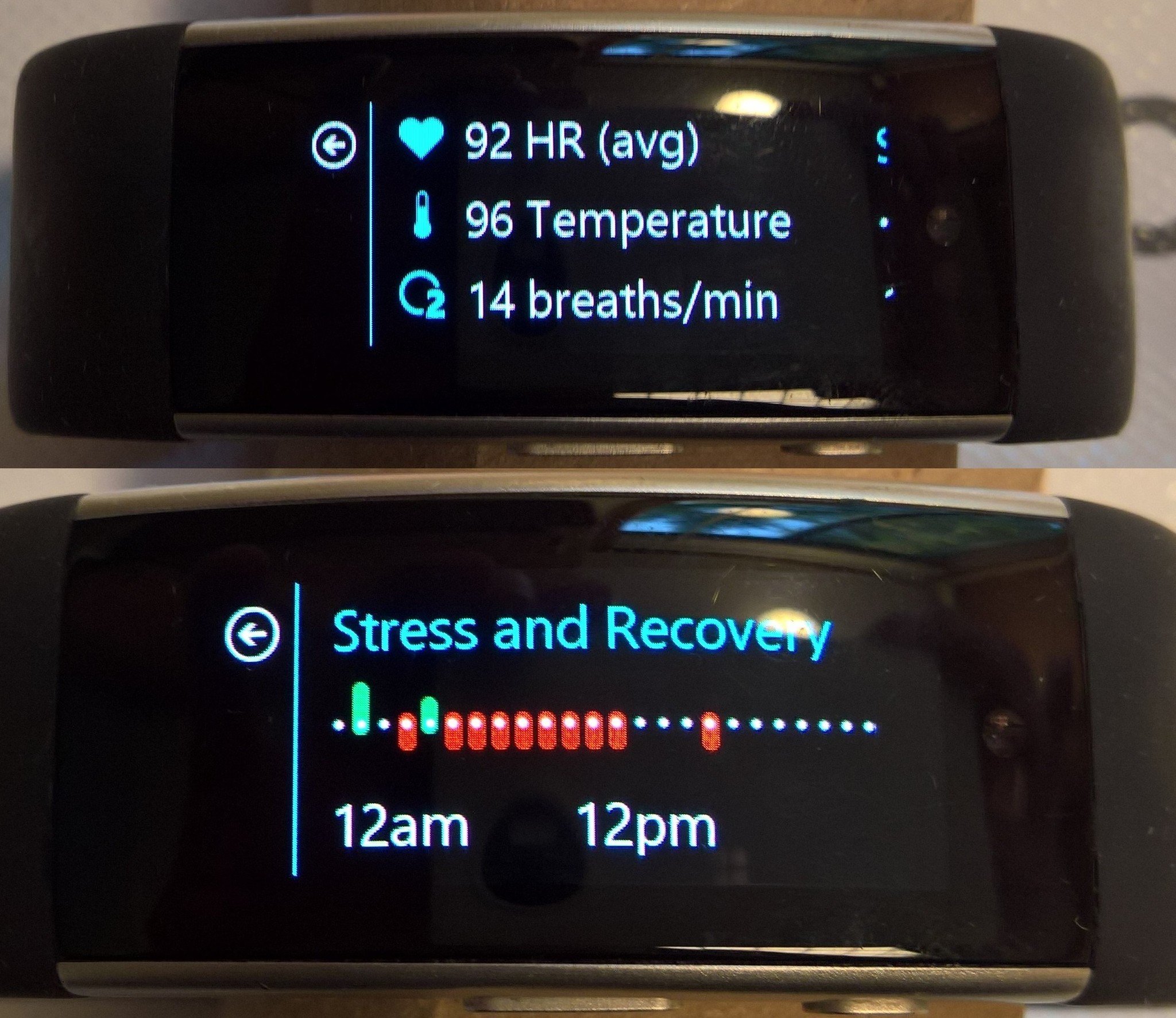
The addition of waterproofing and the new sensors mean Microsoft added three new notable features to the Band 3:
- Swimming exercise tracking.
- Enhanced well-being tracking.
- RFID tag support.
The most interesting addition is the enhanced well-being tracking, which works in conjunction with the electrocardiogram sensor that tracks your blood pressure. From this, the Band can tell you your stress levels, temperature and more. This is all useful information.
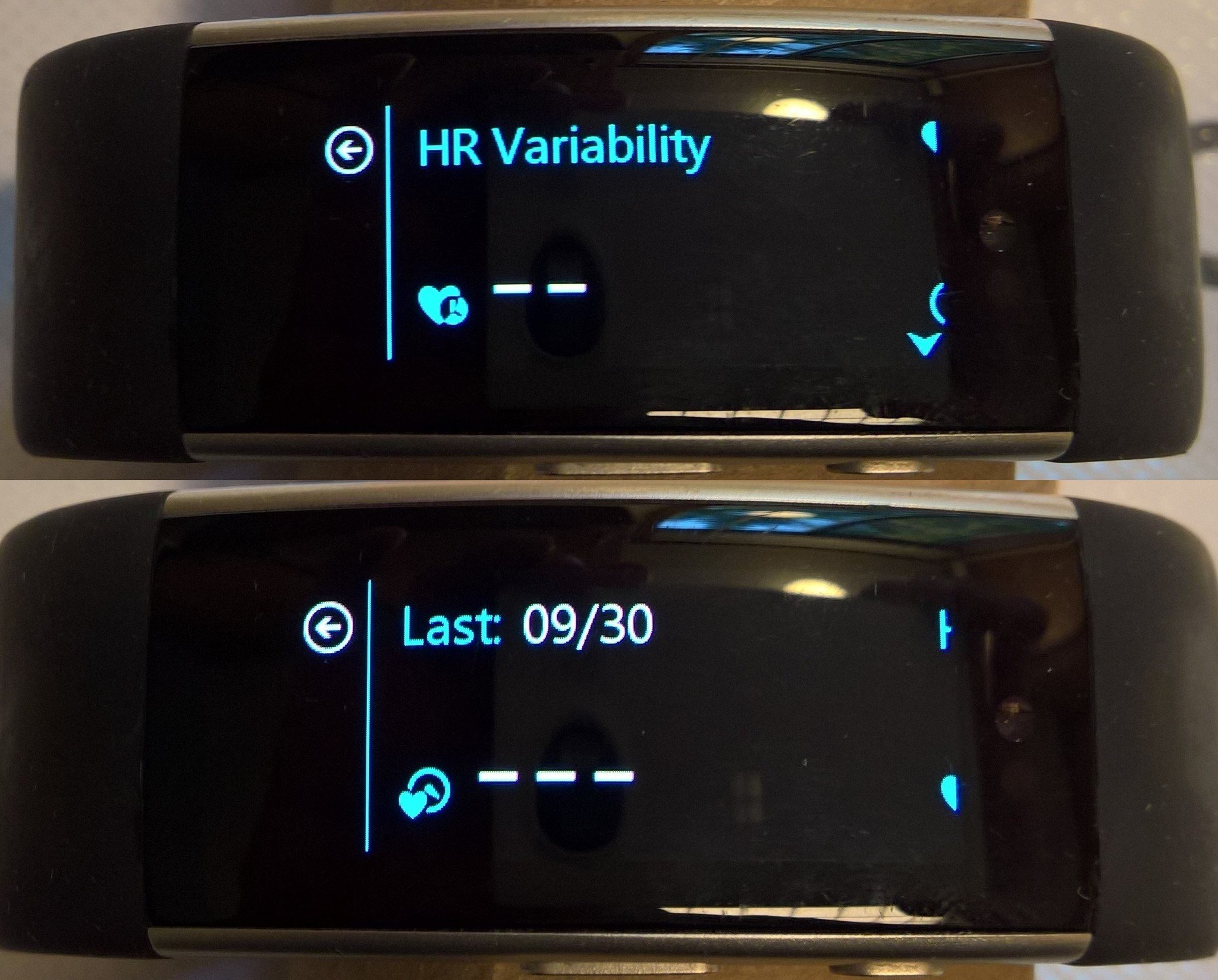
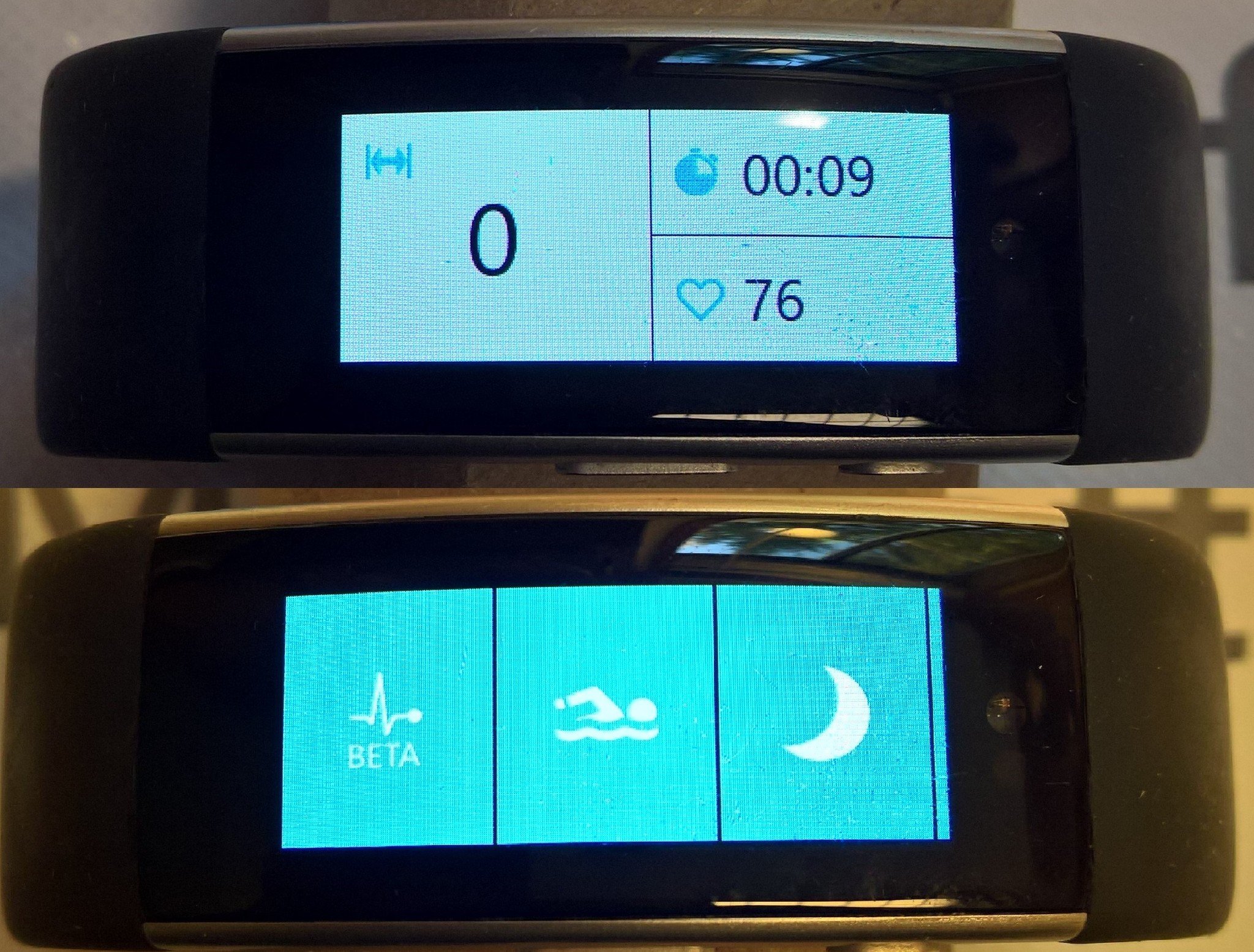
The ability to track swimming is handy, and you can track things like pacing, laps, breaths per minute, time and heart rate. The RFID tag support doesn't appear to work on our prototype, likely because these devices were never finished.
Microsoft Band 3: Durability
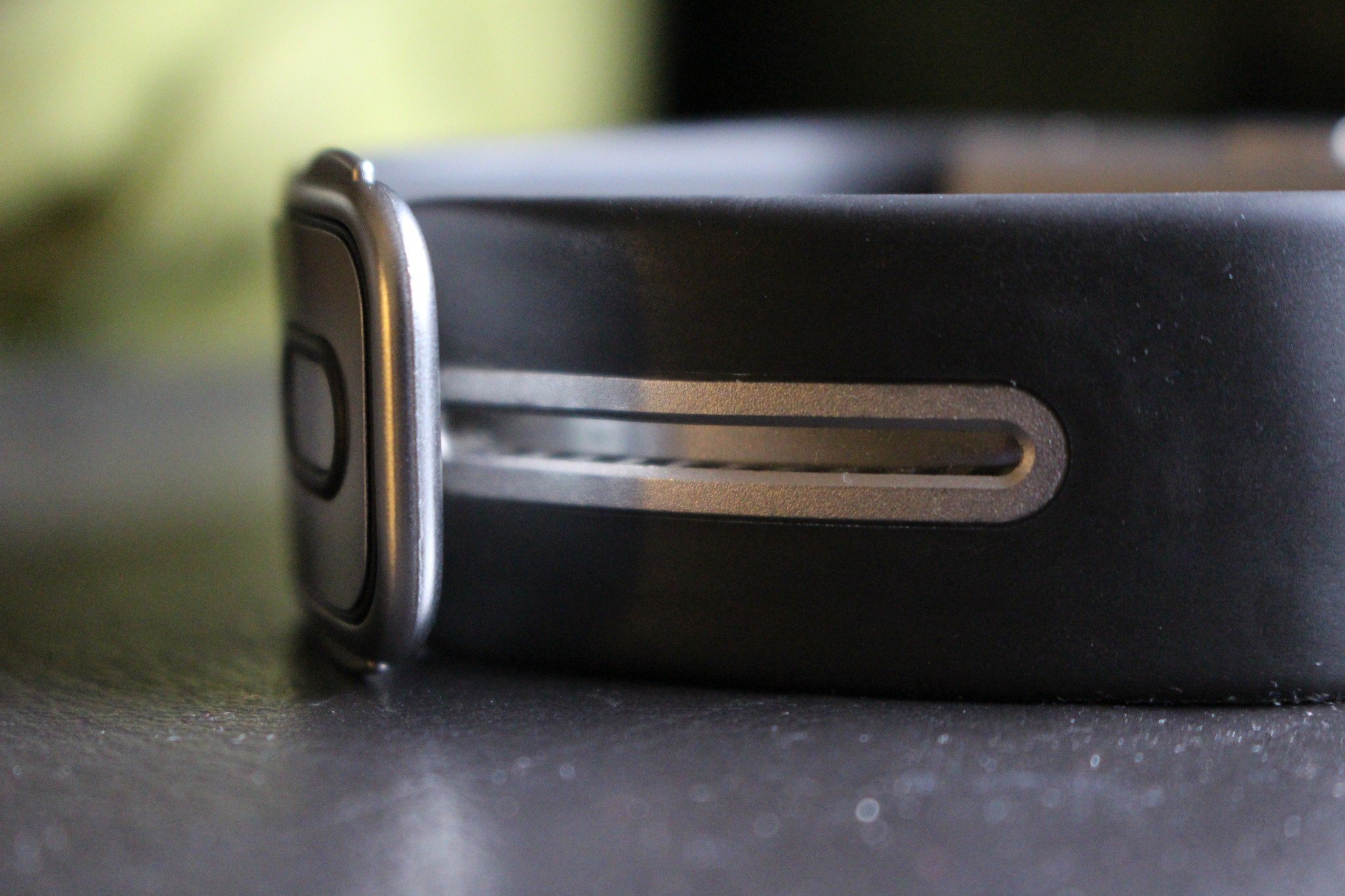
The durability of the Microsoft Band line was never great. Many people suffered broken straps and devices that eventually just fell apart. This issue was not rectified with the Band 2 as many people reported having to return their Band 2 for a new one due to the band ripping or tearing. (I personally never suffered these issues with either the Band 1 or Band 2.)
So, is this rectified with the Band 3? It's hard to tell. Since this device was never released, we don't have any official word to go on. The material looks and feels the same as that in use on the Band 2. However, the curves in the rubber on the Band 3 are more sturdy and aren't as maneuverable as they are on the Band 2. I'm not sure if this improves durability.
Microsoft Band 3: Final thoughts
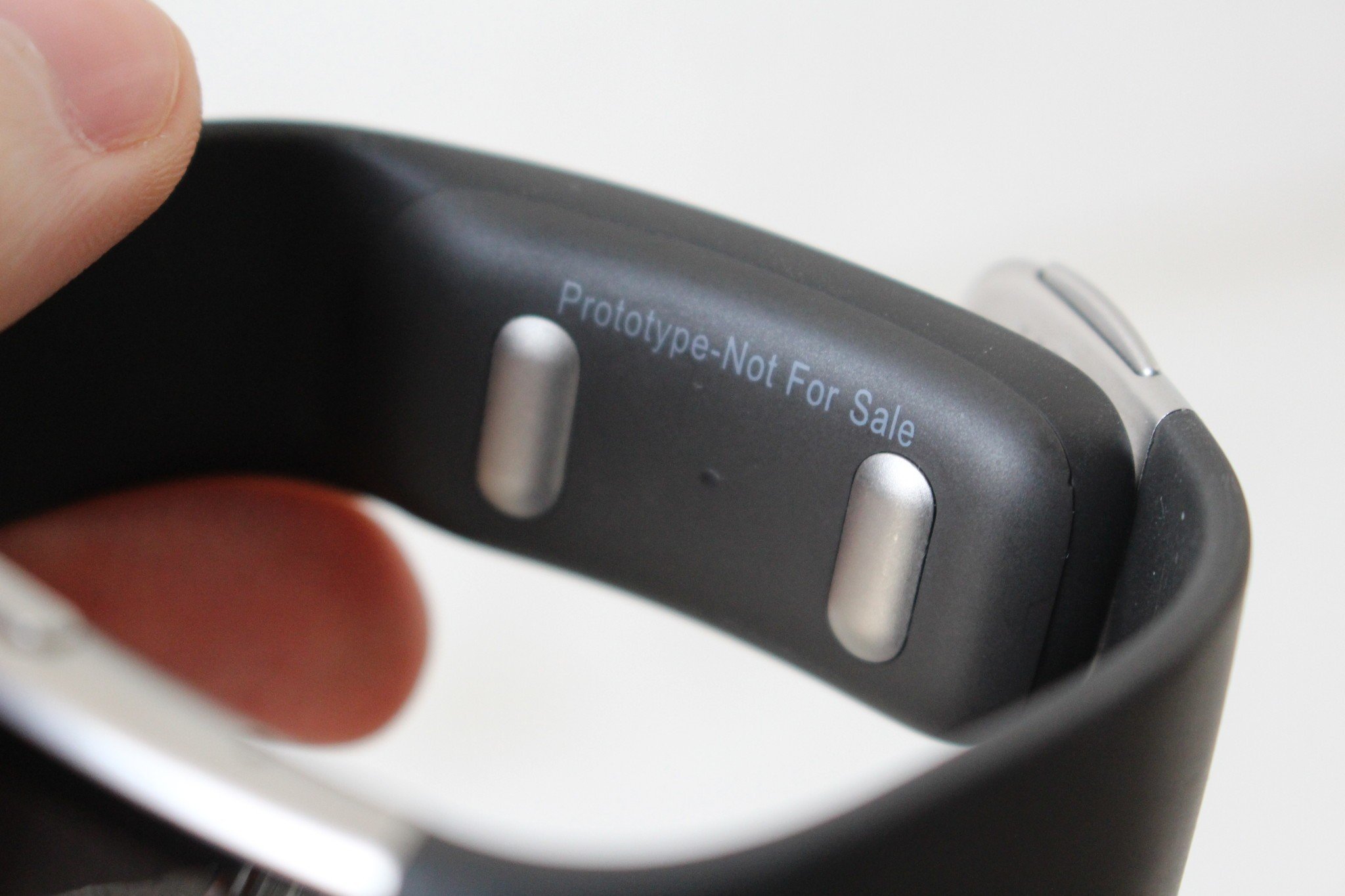
The Microsoft Band 3 would have been the best version of the Microsoft Band. This shouldn't come as much of a surprise, as usually, the latest version of a device is the best. What makes this story particularly sad is that for one, it was canceled, and two, the Band 2 was almost perfect.
The Band 3 added the few things its predecessor was missing. If Microsoft had just held out a little longer, the Band 3 would've shipped. Sure, it wasn't a major upgrade like the Band 1 to Band 2, but that's because it didn't need to be.
Would I have bought the Band 3? Yes. I'm not even that into fitness, but the addition of waterproofing and the slimmer design would've made upgrading from the Band 2 to the Band 3 worth it.
Pros:
- Slimmer.
- Electrocardiogram sensors.
- Waterproof!
Cons:
- Was never released.
- Possible durability issues remain.

